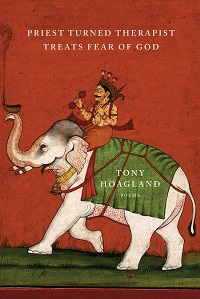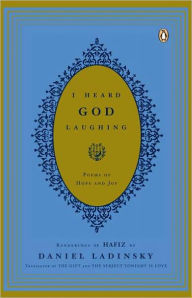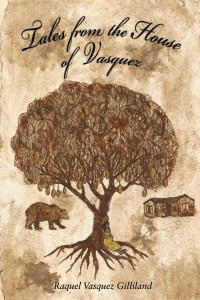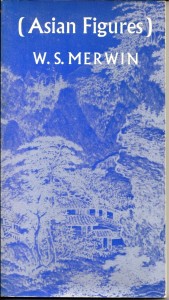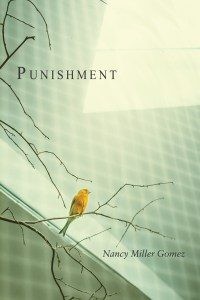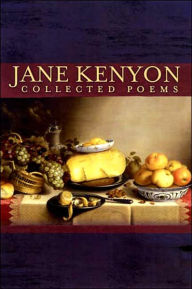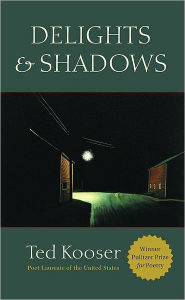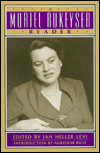A literary magazine from the University of Tulsa, Nimrod sponsors several writing contests. This issue (Volume 62, Number 1, Fall/Winter 2018) features the winners of the Pablo Neruda Prize for Poetry and the Katharine Anne Porter Prize for Fiction. Unusually for such magazines, this issue also includes the work of those who won second prize, finalists, semi-finalists and those who received honorable mention. Also unusual is that most of the poets have several poems, not just a single winning poem.
I’m mightily impressed with this volume. Overall, the quality of the work is high, and several of the stories and poems are outstanding. For example, finalist Susan Nguyen’s poetry carries surprising images and brings music to writing of dreams, language and history.
I particularly like finalist Mimi Lok’s story “Last of Her Name”. The tale moves effortlessly through time, carrying the past into the present, following a daughter and her mother as they navigate the dangers of being a woman in our sometimes violent world.
Another story I liked is finalist Ellen Furman’s “Things” in which the narrator Kat, about to move cross-country is persuaded to leave her desk, a family piece with great sentimental value, with a stranger. Kate becomes fascinated by Anya, “the keeper of things”, a Russian émigré whose tract home is crowded with things she is storing for others as well as her own acquisitions. What secrets do we carry? What role do things play in our lives?
Several poets included the words of others in their poems, adding a context to their personal imagery that moved me deeply. For example, first prize winner Emma DePanise wrote of Anna Bertha Ludwig. Semi-finalist Lee Sharkey brought together writings of May Stevens, Rosa Luxemburg and Virginia Woolf to stunning effect.
Submitting to literary contests has its pros and cons. You are guaranteed that someone will at least look at your work. There may be a cash prize as well as publication. On the downside, fees to enter the contest add up quickly.
The best strategy is to research magazines to see which ones publish work similar to yours. Before the internet, that was an expensive proposition, but these days you can usually read a sampling online.
Another strategy is to find a ranking of literary magazines to prioritise your submissions. For example, Cliff Garstang’s methodology for ranking magazines is based on how often they publish work that wins Pushcart Prizes.
Something I look for is how often magazines publish women, people of color, and writers of different ethnicities. The Vida count is an invaluable resource here.
A final strategy I employ is that when I come across a story or poem by someone whose work seems similar to mine is to check their author biographies to see where else they have been published.
All this research comes on top of the actual writing and revising (and revising and revising). Yet it becomes a joy when I come across a collection such as this one.
Do you read any literary magazines? Which ones?

